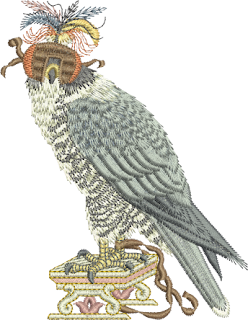
What is a Quilt? Quilting is an art. To put things in perspective and for the sake of simplicity lets define a quilt as a sandwich. This sandwich has 3 parts to it. Usually Quilts have been used as bed covers, but in all honesty such a quilt like the one above by Colette Dumont is a museum-class piece of art. Just like a sandwich there is a middle part, a top and a bottom. Let me explain: 1- The Top of the Quilt This is the layer where the quilter spends the most time and effort sewing different fabric pieces together into a beautiful design (woven patchwork). It could also include applique and embroidery. 2- The Middle of the Quilt (The Batting) This part of the quilt which is also called the patting can be cotton or a variety of different materials. 3- The Bottom of the Quilt (The Backing) This part usually is a one piece of fabric which sits on the top of the bed or on the wall and usually is the invisible part


